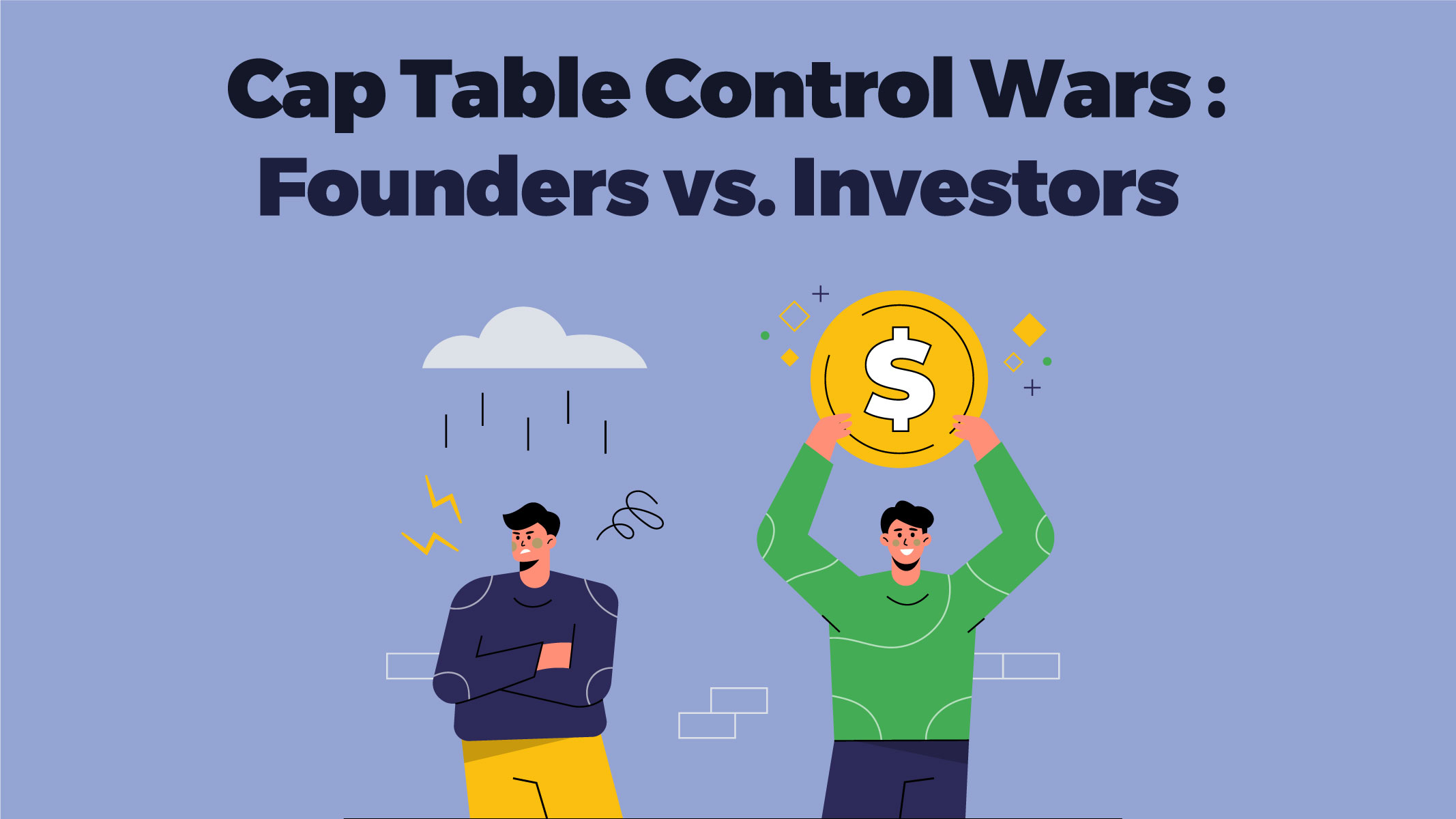Simplify Cap Table Calculation for Your Startup
Starting a new venture can be both exciting and challenging, especially when it comes to managing your startup’s equity and ownership structure. One of the fundamental tools for this is the cap table or capitalization table. In this article, we will delve into the intricacies of cap table calculation and explore how to simplify this often complex process.
Ready to simplify your startup’s path to success? Let Easy Capraise be your guide in raising the capital you need. We specialize in connecting businesses with the right investors from the very beginning. Take the first step towards growth and financial stability. Get started now! Explore our service for a detailed look at how Easy Capraise can help you.
Click here to get in touch with Easy Capraise
Understanding Cap Tables
A cap table, short for capitalization table, is a comprehensive document or spreadsheet that provides a detailed breakdown of the ownership structure within a company. It essentially acts as a roadmap to understanding who holds what when it comes to shares and equity in the company. This includes various categories of ownership, such as common shares, preferred shares, stock options, and potentially convertible notes.
Here’s a more detailed breakdown:
Common Shares: Common shares represent the basic ownership units in a company and are typically held by founders, employees, and early investors. They grant the holder the right to vote on certain matters within the company and a share of the profits when dividends are distributed.
Preferred Shares: Preferred shares are a more complex form of ownership. They often carry specific rights and preferences over common shares, such as priority in receiving dividends or liquidation proceeds. These shares are usually held by venture capitalists, angel investors, or other individuals who have invested significant capital into the company.
Stock Options: Stock options are a form of compensation, usually granted to employees. They give employees the option to purchase company shares at a predetermined price, enabling them to share in the company’s success. Stock options can become increasingly significant as a company grows, and they play a role in attracting and retaining talent.
Convertible Notes: Convertible notes are a type of debt that can convert into equity at a later date, typically during a future funding round. Startups often use convertible notes when they are in the early stages of development and need to raise capital without immediately determining the exact value of the company.
Why Cap Tables Matter for Startups
Cap tables are not just numbers on a spreadsheet; they hold immense significance for startups for several reasons:
Ownership Clarity: A well-maintained cap table offers transparency and clarity regarding who owns what within the company. This transparency is not only vital for internal management but also for communicating the ownership structure to potential investors, employees, or acquirers.
Equity Decisions: Startups frequently issue new shares or stock options to attract talent or secure funding. Understanding the cap table is crucial for making these decisions. It helps in assessing how new equity issuances will impact the ownership structure and dilution for existing shareholders.
Investor Relations: Investors, particularly venture capitalists and angel investors, closely scrutinize the cap table to evaluate their potential returns and the startup’s overall financial health. A well-structured and up-to-date cap table can instill confidence in investors.
Exit Strategies: In the event of an acquisition or merger, the cap table is a key reference point for determining how the proceeds will be distributed among shareholders. It plays a central role in negotiations and decision-making during such significant events.
The Components of a Cap Table
A typical cap table includes various components, such as common shares, preferred shares, stock options, and convertible notes. These elements can become complex as your startup evolves and goes through funding rounds.
Common Cap Table Mistakes to Avoid
Before we dive into simplifying cap table calculations, let’s first discuss some common mistakes that startups often make. These include not keeping the cap table up-to-date, not accounting for dilution, and not involving professionals when needed.
Simplify Your Cap Table Calculation

Simplifying your cap table calculation can save you time and prevent potential errors. Here are some steps to make the process more straightforward:
Step-by-Step Guide to Cap Table Calculation
- Collecting Shareholder Data
Start by gathering all the necessary information about your shareholders, including the number of shares they hold and any vesting schedules.
- Determining Ownership Percentages
Calculate the ownership percentages of each shareholder based on the number of shares they hold.
- Calculating Equity Shares
Determine the equity shares for each shareholder by multiplying their ownership percentage by the total equity.
- Accounting for Preferred Shares
Include any preferred shares and understand how they affect the overall ownership structure.
- Post-Funding Adjustments
Update your cap table after each funding round, taking into account any new investments, changes in valuation, and potential dilution.
- Using Cap Table Software
Consider using specialized cap table software to automate and simplify the entire process. These tools can provide real-time updates and scenarios for your cap table, making it easier to manage.
Benefits of a Simplified Cap Table
Simplifying your cap table offers several key advantages for startups. First and foremost, it saves valuable time in critical processes, such as securing investments and making equity-related decisions. It streamlines operations in a fast-paced entrepreneurial environment.
Another significant benefit is the reduction of errors. A simplified cap table minimizes the risk of inaccuracies and misunderstandings in the ownership structure, fostering trust and preventing potential issues.
The ability to make informed decisions quickly is a game-changer. Startups can adapt their equity structure and issue shares or stock options with ease, ensuring they align with their strategic goals and swiftly respond to opportunities.
Lastly, a simplified cap table provides a clear, visual representation of the ownership structure, making it easier to communicate with stakeholders, investors, and potential partners. It acts as a strategic tool that accelerates growth and efficiency for startups.
FAQs
What is a cap table used for in a startup?
A cap table is used to keep track of the ownership structure of a startup, including the distribution of equity and shares among shareholders.
How often should I update my cap table?
It’s advisable to update your cap table after each significant event, such as funding rounds, equity issuances, or changes in the ownership structure.
Can I manage my cap table manually, or should I use software?
While manual management is possible, using specialized cap table software can greatly simplify the process and reduce the risk of errors.
What is dilution, and why is it important to consider in cap table calculations?
Dilution refers to the reduction of ownership percentages due to the issuance of additional shares. It’s crucial to account for dilution to maintain an accurate cap table.
How can a well-maintained cap table benefit my startup?
A well-maintained cap table can help attract investors, make informed equity-related decisions, and facilitate mergers and acquisitions, ultimately contributing to your startup’s success.
Conclusion
In conclusion, a well-maintained and simplified cap table is essential for any startup. It ensures transparency, accuracy, and efficiency in managing ownership and equity-related matters. By following the steps outlined in this article, you can streamline the cap table calculation process, making it less daunting for your startup’s success.
Contact us
Good to have you here! If you have any queries, please leave your message. Our team will reach out soon:)
.








